Iran building two gold processing plants in eastern province
Two gold processing plants with a combined capacity of 2.7 million tonnes per year will come on stream in South Khorasan province by the end of the current Iranian year in March 2022, a senior provincial official says.
The Shadan and Hirad ore-processing plants are currently installing machinery and equipment, head of South Khorasan Industry, Mining and Trade Organization Abbas Jorjani said during a tour of the two gold mines, Iran's mining website Madan News reported Wednesday.
The Shadan gold mine with definite reserves of 27.8 million tonnes and Hirad with reserves of about five million tonnes of gold ore are operating in the cities of Khusf and Nehbandan.
They have an annual extraction capacity of 2.6 million tonnes and 100,000 tonnes respectively, according to Jorjani.
Shadan, operated by knowledge-based Iranian company Karand Sadr Jahan, is the largest gold extraction prospect in Iran's east which is also home to the massive Sangan iron ore deposits.
Iran's proven gold reserves are estimated at 340 tonnes, but officials believe this figure would rise much higher with extensive prospecting.
In 2014, Iran launched the Zarshuran plant in northwest Takab, which is billed as the biggest gold processing operation in the Middle East with proven reserves of 110 tonnes.
The country has about 37 billion tonnes of proven mineral reserves and 57 billion tonnes of potential reserves, worth $800 billion according to 2014 data on state-owned mines and metal holding company IMIDRO’s website.
The extractives industry, however, is underdeveloped and mineral products account for only 0.6 percent of Iran's GDP.
Oil has been the primary source of foreign currency for decades, but with the industry having come under a strict sanctions regime, mining is emerging as a new revenue source because the immense diversity of the sector makes it much harder to sanction.
The country is a rising steel power. It was ranked 10th among global producers after output rose 10.7% to 7.5 million tonnes in the first quarter of this year, according to the World Steel Association.
Iran produced 29.3 million tonnes of steel in 2020, up 13.4 percent year on year. It aims to increase that to 52 million by 2025.
It also has 300 million tonnes of lead and zinc reserves. As of 2020, it produced about 132,000 tonnes of zinc and around 50,000 tonnes of lead.
The two largest mines are Mehdiabad in central Yazd province with 16.5 million tonnes of zinc ore reserves and the Angouran mine in Zanjan province with 9 million tonnes.
Iran is estimated to have around 2.7 billion tonnes of iron ore reserves. The Chadermalu, Golgohar and Sangan mines are considered the largest iron ore mines in the country.
As of 2020, Iran produced about 309,000 tonnes of copper, according to data from the World Bureau of Metal Statistics. It aims to boost that to 800,000 tonnes by 2025.
The National Iranian Copper Industry Company (NICICO) operates the country’s three major copper mines of Sarcheshmeh, Sungun and Miduk which have combined reserves of 3.4 billion tonnes.
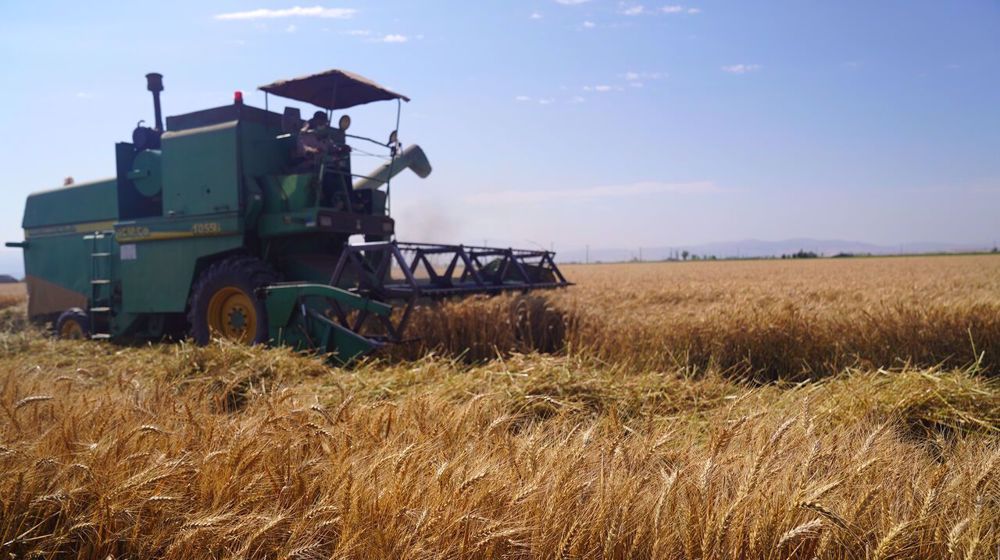
Iran expects major drop in domestic wheat yields
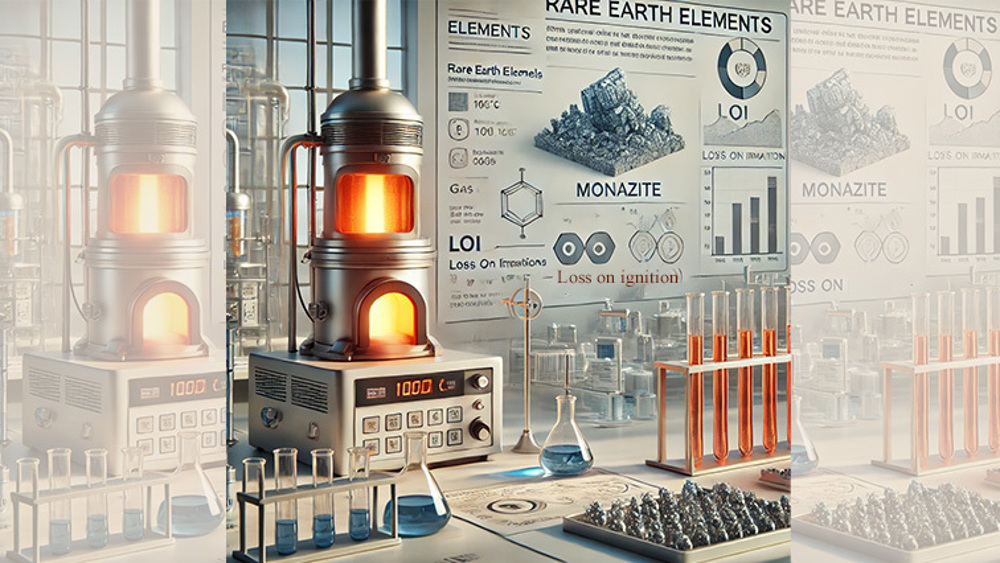
Iran’s new milestone in production of rare earth elements
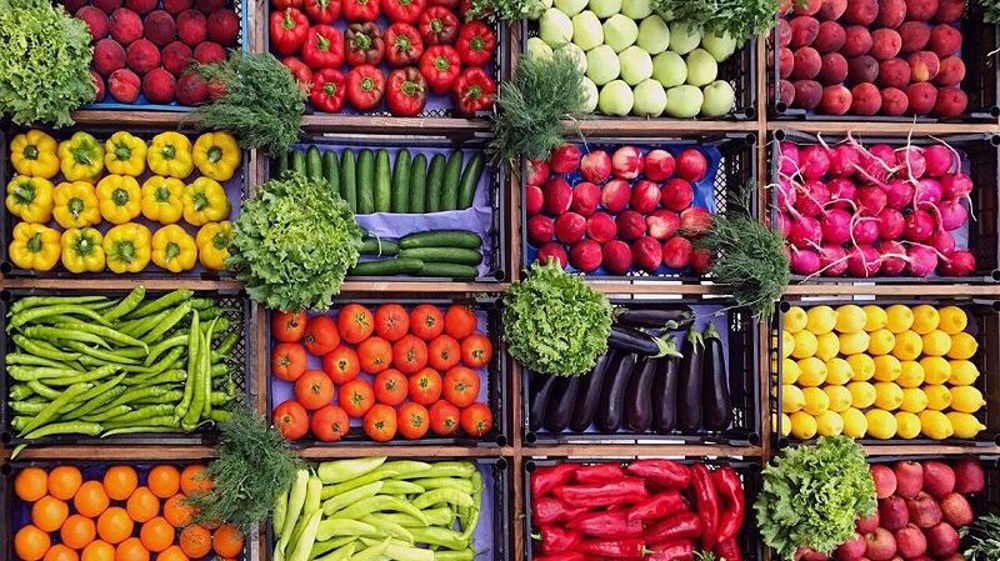
Iran’s agricultural exports up 29% in year to late March
Hamas urges global strikes, sit-ins to end Israel’s genocide in Gaza
VIDEO | South Koreans push back on Trump tariffs
UNRWA: Gaza ‘land of desperation’ after 50 days of total Israeli siege
VIDEO | Israel massacres 11 Palestinians in Khan Yunis
IRGC a thorn in the side of enemies; no power dares to threaten Iran: Analyst
Lies unraveled: Ex‑minister says Israel faked Gaza tunnel image to stall truce deal
China says expects ‘in-depth’ talks during Iran foreign minister’s visit
VIDEO | Exclusive: Yemeni eyewitnesses say US warplanes targeted civilians in their homes


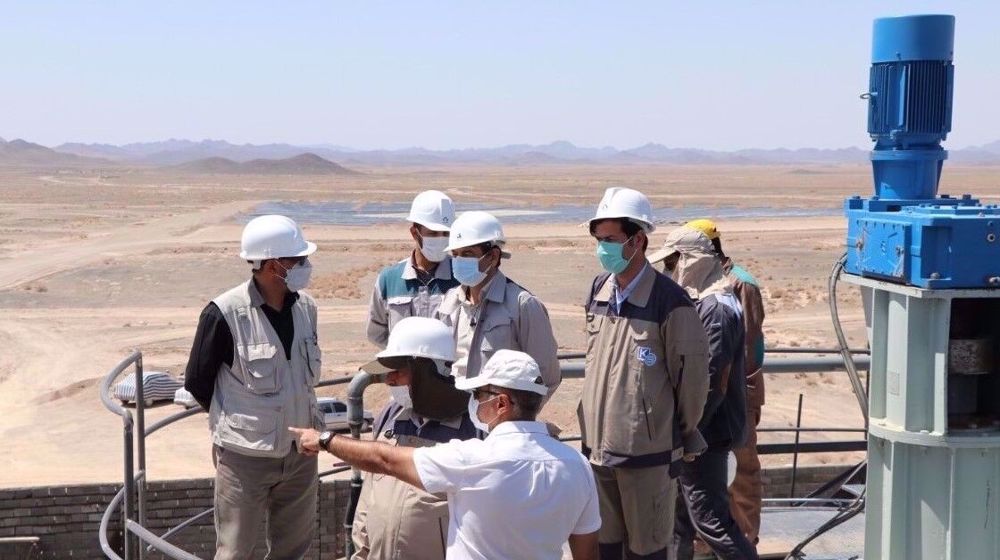
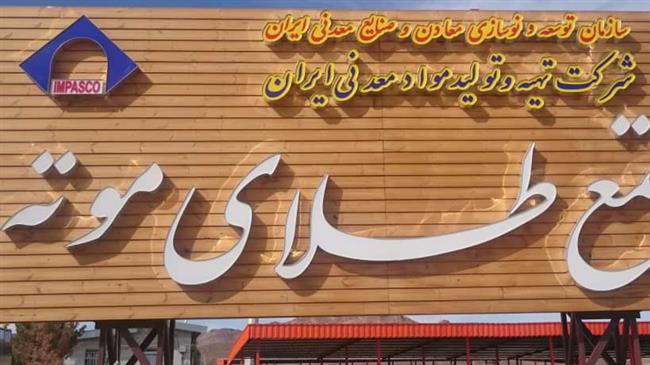




 This makes it easy to access the Press TV website
This makes it easy to access the Press TV website